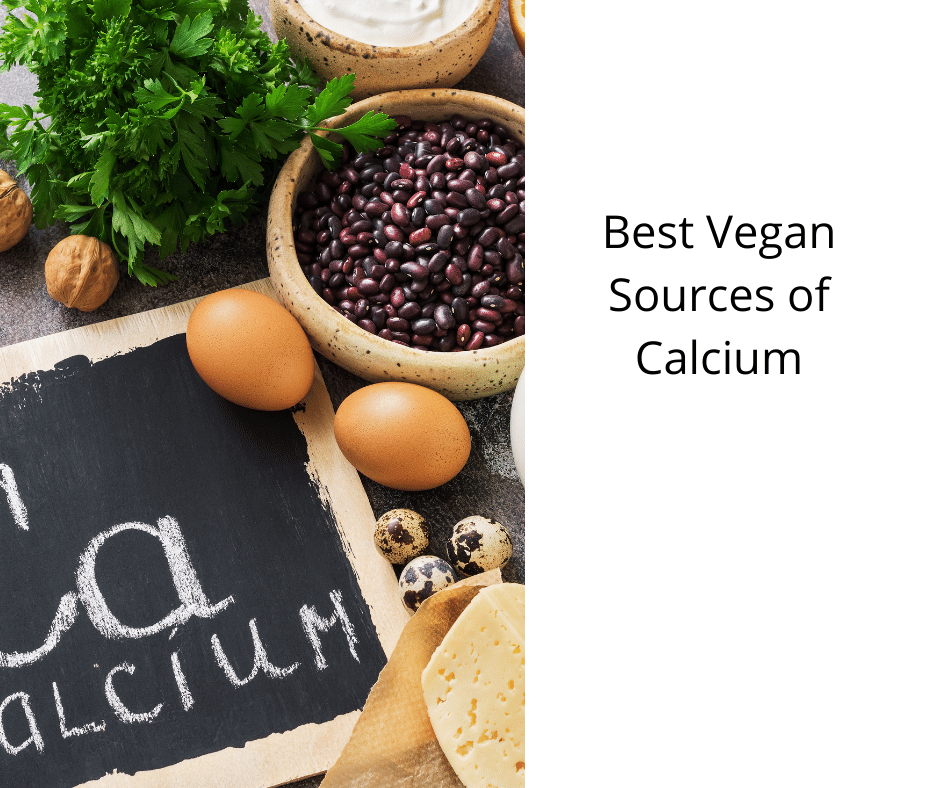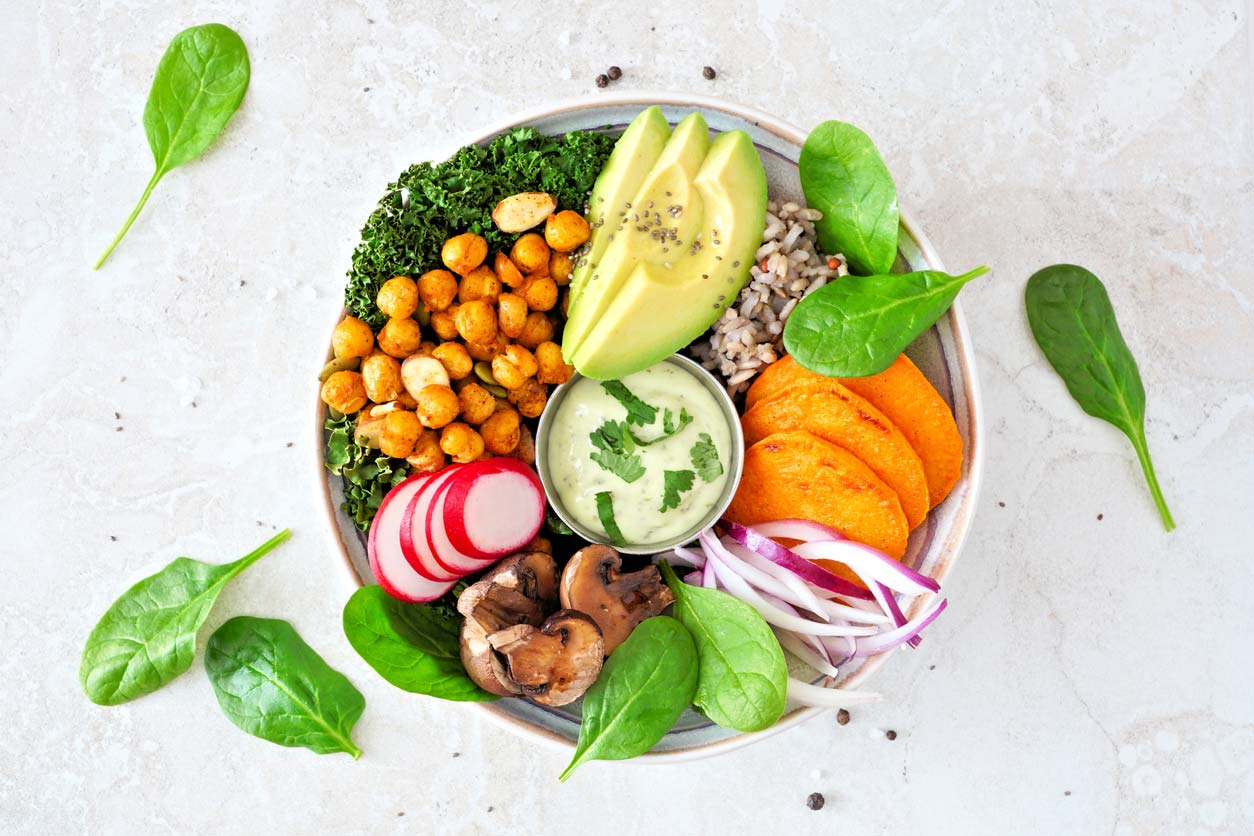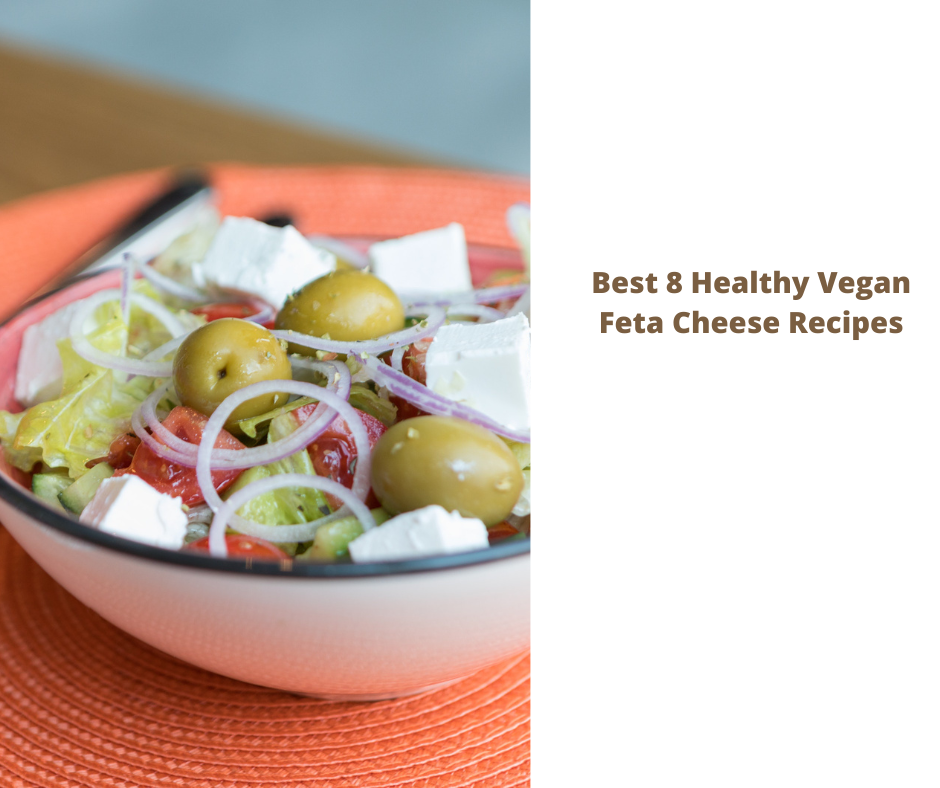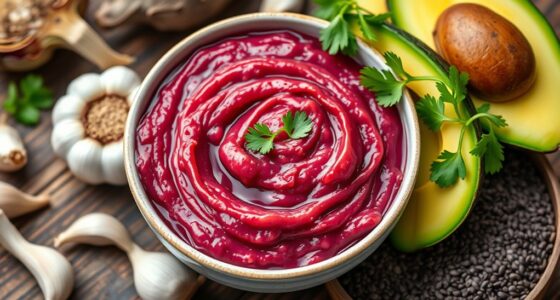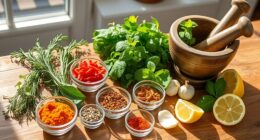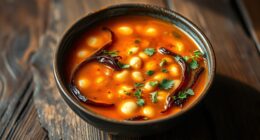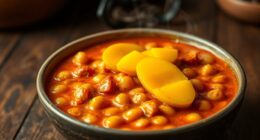Understanding the difference between vegan leather and synthetic leather is essential for proper evaluation. There are various factors to consider, including the production processes and disposal methods. Luckily, there are helpful guidelines to assist in choosing the right option.
Petroleum-Based Polymer
Petroleum-based polymers are a widely used alternative to leather. These materials are more eco-friendly than natural fibers. These synthetics are non-toxic for aquatic organisms and require less resources to produce such as electricity and water. They do not produce harmful microparticles and are fully recyclable.
In addition, bio-based vegan leathers reduce reliance on petroleum by using organic plant-based elements instead of petroleum. Bio-based vegan leathers are more sustainable because they have a higher bio content. Leather made from petroleum, on the other hand, is not sustainable. If you are concerned about the impact of your purchase on the environment, consider buying vegan leather.
Many companies offer bio-based leather alternatives. For instance, one company has developed a material called Mylo using technology licensed from Ecovative Design. The company’s product is not fully bio-based or plastic-free but made from a bio-based polymer. Similarly, a company has developed a vegan leather alternative known as VEGEA. It is made in Italy as part of a project to create a 100% recyclable vegan alternative to leather.
Most artificial leathers contain polyurethane, a thermoplastic polymer. Apple leather, for example, is made from dried apple waste, which is processed into a flexible sheet of leather. It is then combined with PU. These materials are both environmentally friendly and cost-effective.
Natural leather is more durable than synthetic leather. The process of preparing the animal hide for leather production emits a variety of harmful chemicals such as ammonia or hydrogen sulfide. These chemicals can affect the skin, respiratory, ocular, and nerve systems. Even worse, some of these chemicals are even fatal.
Leaf Leather
Leaf leather is a plant-based product that has the appearance and feel of leather. It is made from natural dyed leaves grown sustainably from trees. The leaves are then bonded with a soft cotton fabric to create a strong, durable backing. When finished, leaf leather looks and feels like leather, but is much lighter than conventional leather. It is water-resistant and durable, and can be used for everything from small wallets to large bags.
Leaf leather is a great choice for those seeking a durable, vegan alternative to leather. It can last up to 10 years and it is just as beautiful. The process is relatively simple. This leather is made from apple leaf fibre. The leaves are ground and sun-dried, which gives it a soft, durable, and environmentally friendly feel.
Leaf leather has a protective layer that makes it easy to clean. Additional protectants can be applied to replenish the surface layer. Some protectants can be applied using a cloth or an applicator, while some are applied with sprays. It is important to read all instructions before applying any finish. You can also test the product on a small area to see how it affects leather.
There are many other types of plant-based leather available. Another option is kombucha leather. It is made from SCOBY bacteria. While kombucha leather is a vegan option, it may not be as durable. Seaweed leather, for example, is soft and doesn’t hold up as well to conventional leather. Meanwhile, Pinatex is a durable, waterproof material.
Another great vegan leather alternative is leaf leather. It is made from teak leaves and cotton. This type of leather was traditionally made in Thailand. It is strong, durable, and water-resistant.
Plant fibers
Vegan leather, as the name implies, is a material made from plant fibers. It’s an alternative to animal leather, made from animal hide. Vegan leather was initially made only from plastic. However, innovators have found many other ways to make it. For example, some companies have found a way to make it using the fibers of pineapples, cacti, or flowers. This has transformed the industry significantly since the days of pleather.
Several companies have adopted this environmentally friendly alternative to leather. One such company is Will’s Vegan Store, which makes luxurious vegan leather shoes. The company uses plant-based materials and polyurethane, but they are now transitioning to bio-oil-based materials. They recently introduced a fabric made of eucalyptus bark.
Another option is fique. Fique comes from the leaves of the Furcraea plant and is made of natural fibers. The plant is the world’s largest producer, generating more than 20,000 tons of fiber annually. However, only four percent of the plant is harvested by humans. Fique, unlike vegan leather is lighter and has a lower density that traditional leather.
Cork is another alternative to leather. The latter has a similar lifespan, but does not use any plastic. In addition, it is more environmentally friendly. Cork leather is waterproof but does not have the same life expectancy. If you are looking for a new pair of leather shoes for your next trip you might consider vegan leather.
In addition to cork leather, you can buy cork leather made from banana plants. Cork leather is 18% of the global market and is a native Mediterranean plant. Extractors can make cork leather vegan-leather. These companies use a process called fermentation. After cork has been harvested, it is boiled to dissolve its structure.
SCOBY Bacteria
Vegans looking for a new kind of leather should be aware that SCOBY bacteria was used to create it. SCOBY is a bacteria that grows in a tea-based liquid. The liquid is poured over the SCOBY and forms a gel-like substance measuring half an inch in height. The SCOBY can be brushed off or washed with soap and water when it is dry. This cellulose can then used to make fashion items or other items.
SCOBY bacteria is used to make a wide range of products, from textiles to food additives. They are also used to make vegan leather. This leather is 100% biodegradable and offers many advantages over traditional leather. It is much easier to work with than traditional and can be as thin as or thick as desired. It is also made of fermented yeast and is 100% sustainable.
A study published in the journal of Applied and Environmental Microbiology found that the bacteria from kombucha are useful in making vegan leather. A SCOBY (symbiotic culture) is made up yeast and bacteria that eat sugar and vinegar. The bacteria in the SCOBY are able to convert the sugars into cellulose, which is similar to leather when dried.
The process of SCOBY bacteria in vegan leather is a relatively simple one. It takes about a week for the natural material to develop a thick gelatin layer. The material will eventually become a transparent, square-shaped container of fibre.
Synthetic Leather
Synthetic leather can be used to replace leather in many ways. It can be used in footwear, clothing, and upholstery. However, it’s important to note that the term “vegan” does not mean that it is made from animals. This is a great alternative for people who are allergic to leather. However, it may not be as durable and attractive as real leather.
Synthetic leather can be considered vegan, but it is not made from animal skins. This material can release toxic chemicals during manufacturing, which can be dangerous to humans and animals. Moreover, it can cause major damage to ecosystems. It is therefore important to choose ecofriendly leather.
Many synthetic leather alternatives on the market are made from plastic-based materials, like PVC. These materials can lead to health problems, including cancer. PVC releases dioxins and uses plasticizers, harming humans and the environment. Although PU is less hazardous than PVC, it still risks the environment.
Synthetic leather has a similar feel and look to genuine leather. In addition to being less expensive than genuine leather, it also requires less maintenance than raw leather. It can be made into many different textures and colors. The main uses for synthetic leather are in apparel, footwear, luggage, and cases.
To increase the durability of their products, some brands cover their leather with non biodegradable resins. Cork is another non-biodegradable product. This material is popular for bottle stoppers. It’s also a good choice for vegan leather due to its resistance, versatility, and social responsibility.
Aurelia is the Editor-in-Chief of The Graceful Kitchen, a vegan lifestyle blog that focuses on delicious, nutritious, and ethical eating. A lifelong vegan, Aurelia is passionate about sharing her love of plant-based cuisine with others. She is a regular contributor to several online and print publications, and has been interviewed by major news outlets about the benefits of a vegan diet. In her free time, Aurelia enjoys cooking, hiking, and spending time with her cats.

